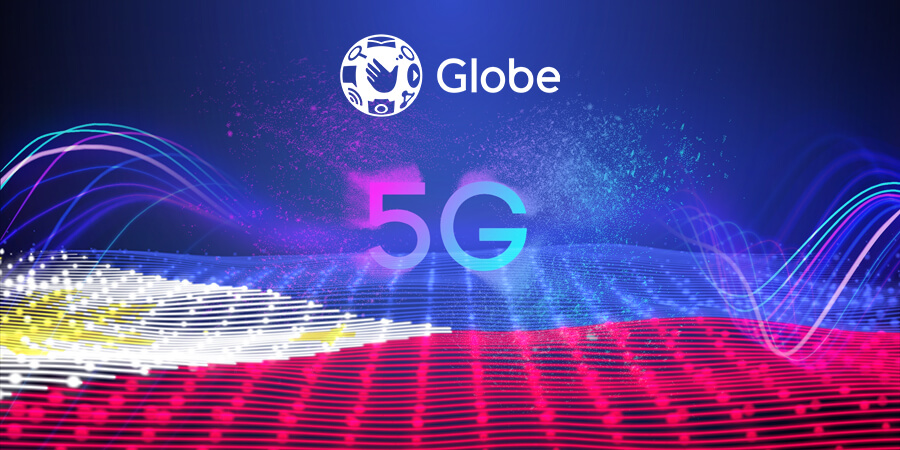Globe, the Philippines' premier digital solutions platform, has set a groundbreaking feat by becoming the first Philippine telco to implement the End-to-End (E2E) network slicing function of 5G Standalone (SA) technology. This step demonstrates Globe's persistent commitment to continuously improving customer experience through technological innovation.
The recent Globe Innovations Week served as a demonstration of the amazing capabilities of 5G Network Slicing. Globe can now optimize resources such as bandwidth, processing power and network functions to fulfill the increasing demand of its consumers. Network slicing is adaptable, with uses ranging from linking Internet of Things (IoT) devices to enabling bandwidth-intensive activities such as streaming videos and virtual reality.
"Network Slicing stands out in delivering a tailored service experience for our customers based on the applications in use within the network. As ever, Globe is at the forefront, persistently pioneering digital technology innovations aimed at enhancing the customer experience," said Gerhard Tan, director and head of technology strategy and innovations at Globe.
Globe now has the capacity to provide clients with a tailored, high-quality, secure and adaptive network experience thanks to the successful installation of 5G Network Slicing. This technology not only enables the development and delivery of one-of-a-kind services and innovative applications, but it also meets consumers' expanding data needs while providing low-latency services.
Network Slicing, at the heart of 5G technology, provides End-to-End connectivity by separating a single network into particular portions designed for distinct applications or user groups. While sharing the same physical infrastructure, each slice has its own dedicated resources and performance guarantees.
By modernizing its network to enable this feature, Globe was able to successfully implement E2E Network Slicing across all domains, including Access, Transport and Core. The telco giant installed four specialized E2E slices with guaranteed quality of service and bandwidth allotments. All slices were thoroughly tested and confirmed, yielding aggregated speeds of 800 Mbps with varied slice speeds of up to 200 Mbps depending on the bandwidth requirements of each slice type.
Cloud gaming, a virtual reality laboratory (VR Lab), video surveillance analytics (VSA), augmented reality remote assistance (AR remote aid), video streaming and robots were all successfully tested using network slicing.
In terms of deployment use cases, network slicing meets a variety of bandwidth and latency needs. It successfully enables Enhanced Mobile Broadband (EMBB), Ultra-Reliable Low Latency (URLLC) and Massive Machine Type Communication (mMTC).





